Description
LG Neon H LG380N1C-E6 Solar Module
LG NeONR H – Better. More efficient. Guaranteed.
The new LG NeONR H solar module now offers even more performance. Equipped with half-cut technology, it provides up to 380 watts and withstands a pressure of 6,000 Pa. In addition, the LG NeONR H offers a 25-year product and performance guarantee for more performance and reliability.
120 Cells
LG’s new module, NeONRH, adopts CELLO technology. CELLO technology replaces busbars with thin wires to enhance power output and reliability. NeONR H demonstrates LG’s efforts to increase customer’s values beyond efficiency. It features enhanced warranty, durability, performance under real environment, and aesthetic design suitable for roofs.
Key Properties:
- Max. Power Pmax: 380 W
- Module Efficiency: 20,6 %
- System voltage: 1000 V
- MPP Voltage Vmpp: 35,1 V
- MPP Current Impp: 10.85 A
- Cell Type: Monocrystalline / N-type
- Cell Configuration: 120 Cells (6 x 20)
- Module Dimensions (L x W x H): 1768 x 1042 x 40 mm
- Weight: 18,5 kg
- Frame: Anodized Aluminium
- Junction Box: IP68 with 3 Bypass Diodes
- Connector: MC4 /

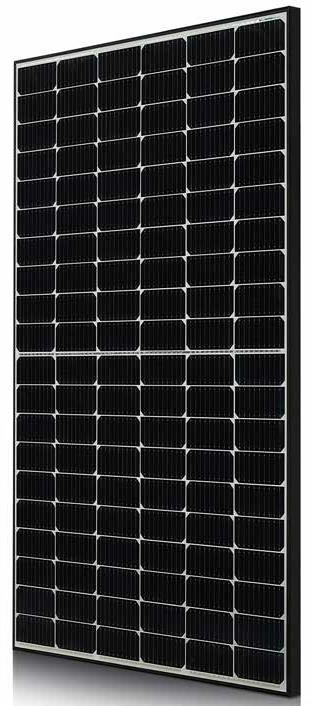
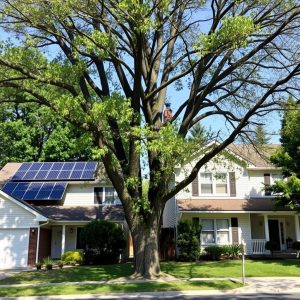
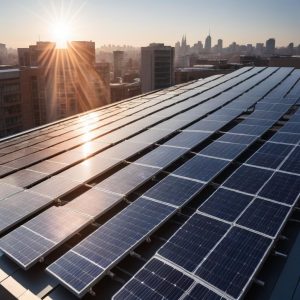
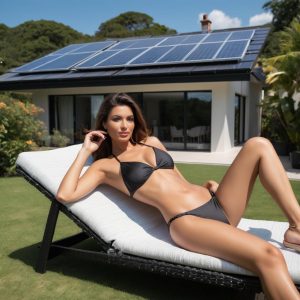
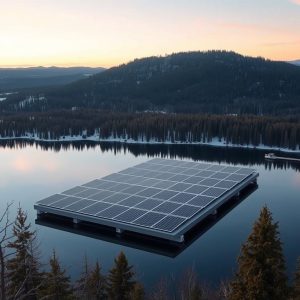
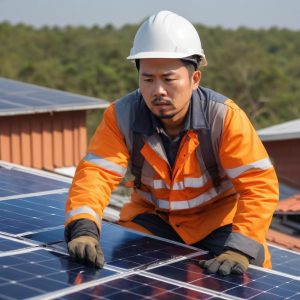
Reviews
There are no reviews yet.